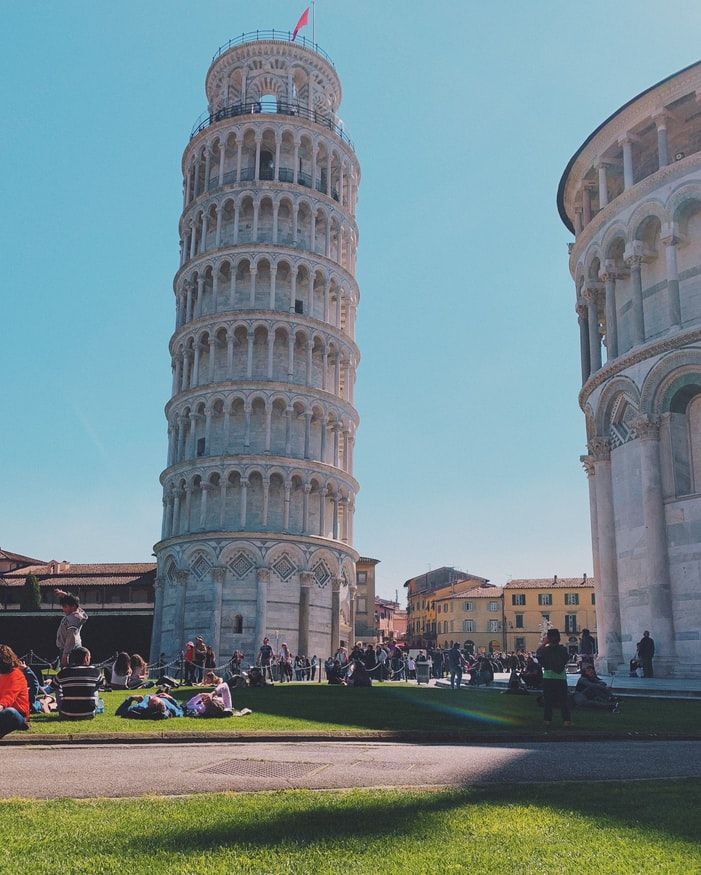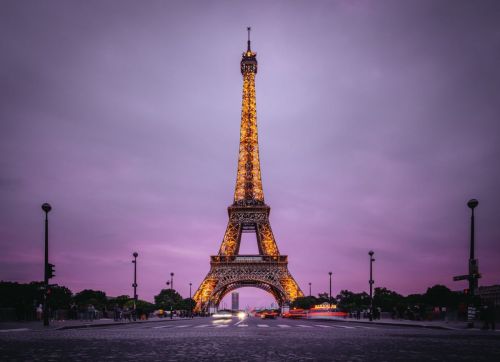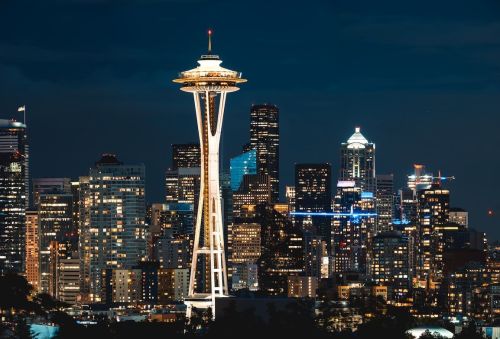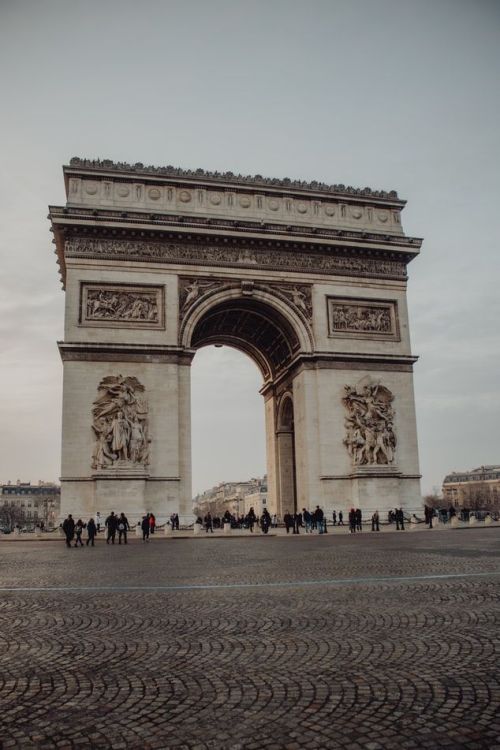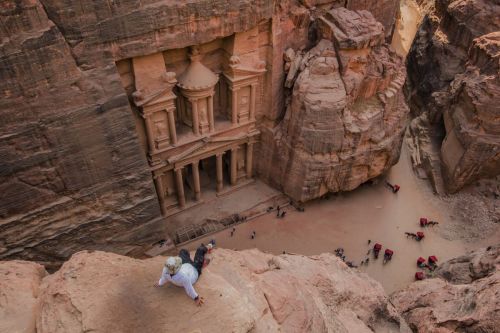20 facts about Eiffel tower
Although according to the assumptions the Eiffel Tower was to be dismantled after 20 years from its construction, fortunately nobody decided to take t ...
The Leaning Tower of Pisa is one of the most attractive European monuments. It is known worldwide and is visited by thousands of tourists every year.
It was built as part of the complex of the Cathedral Church of Santa Maria Assunta, seen as the "eye in the head of the Pisans," a masterpiece of Romanesque architecture.
The tower, the Baptistery and the Cathedral are located in a large square covered with green grass called Piazza dei Miracoli - the Miracle Square.
